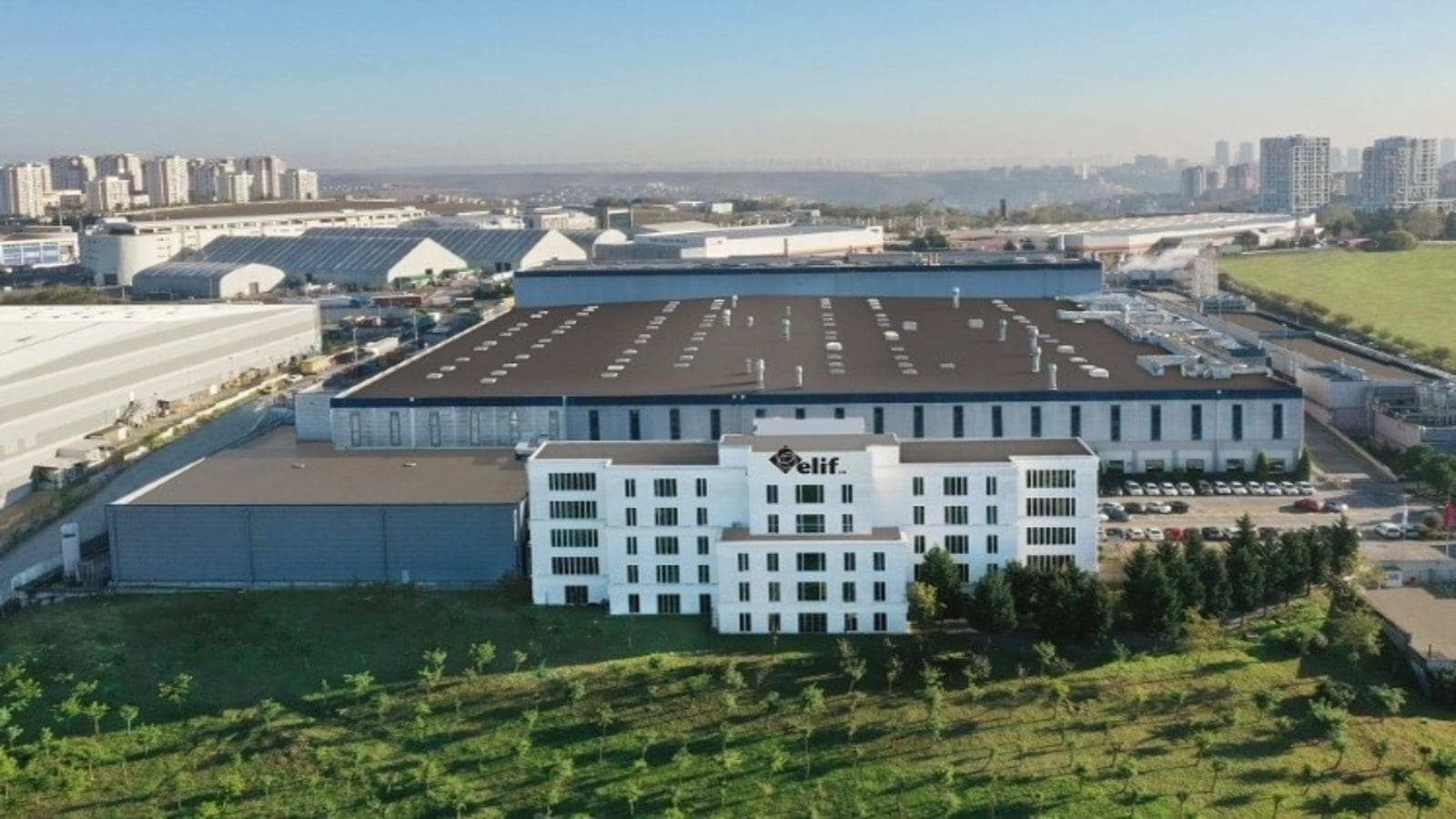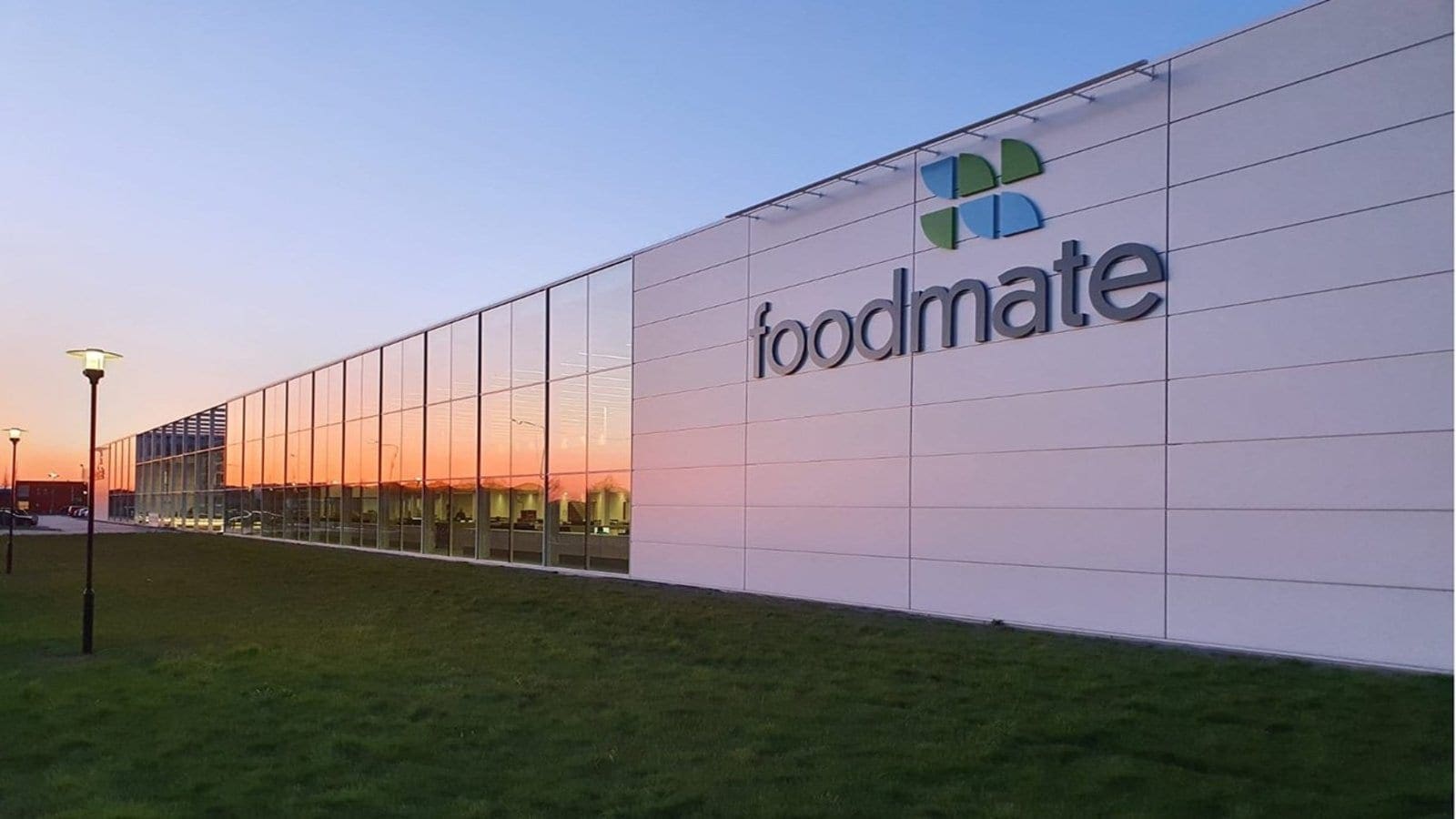NORWAY— Andfjord Salmon, Skretting, Zooca are partnering to increase the utilization of the zooplankton Calanus finmarchius (Calanus) in salmon feed.
Andfjord Salmon is the first salmon farmer in the world that utilizes a commercially developed feed that contains Calanus. The feed also contains algae oil as an alternative to marine fish oil.
Skretting, in its bid to use ingredients in fish feed that do not compete with food for human consumption, started testing the plankton in trials back in 2018.
The feed was developed under a strategic supply agreement struck between Andfjord Salmon and Skretting, which is the aquaculture business line of global leader in animal nutrition and aquafeed, Nutreco.
It is specifically tailored to Andfjord Salmon’s flow-through technology to ensure optimal water quality, fish welfare and growth conditions in the land-based pool. This will also ensure the production of a premium quality salmon.
The feed has been named “Calanus Plus by Andfjord Salmon”. It consists of feed ingredients that have a proven track record from land-based salmon farming. However, the feed composition is specifically tailored to Andfjord Salmon’s flow-through system and location at Andøya.
“Our ambition is to develop the world’s most fish friendly and sustainable aquaculture facility of its kind. Having our own specially designed feed, with unique ingredients from a local supplier, is another important building block towards realizing this ambition,” said Martin Rasmussen, CEO of Andfjord Salmon.
Located at Kvalnes on the island of Andøya on the Arctic Archipelago of Vesterålen, Norway, Andfjord Salmon has developed what it calls an innovative and sustainable aquaculture concept for land-based farming of Atlantic salmon, based on a flow-through technology solution.
The feed had to be customized by Skretting to adapt to that system. “Calanus finmarchicus is nature’s own ‘starter’ feed. It is a natural prey that is biologically adapted to provide optimal nutrition for fish. Adding Zooca Hydrolysate made from Calanus finmarchicus to the feed will be very useful to stimulate the fish’s appetite in the transition to seawater.
We look forward to cooperating with Zooca and Andfjord Salmon to realize the vast untapped potential that Calanus finmarchicus represents,” said Mads Martinsen, director of product development and sustainability, Skretting.
Norwegian company Zooca, previously known as Calanus AS, processes Calanus finmarchicus at its facility at Sortland in Vesterålen, close to Andfjord Salmon’s site at Kvalnes. It has been pioneering the harvesting and use of that crustacean in food and feed applications.
The firm holds the patents to a unique harvesting technique in relation to the zooplankton, and it collaborated closely with the Norwegian authorities and the country’s Institute of Marine Research to determine how to ensure the sustainable harvesting of the plankton.
Calanus finmarchicus is one of the most abundant animal species on the planet, with approximately 300 million tonnes in biomass each year.
It is also Norway’s largest harvestable and renewable marine resource, and today, Zooca reports it only harvests approximately 0.0005 percent of the total volume annually.
Liked this article? Subscribe to Food Business Africa News, our regular email newsletters with the latest news insights from Africa and the World’s food and agro industry. SUBSCRIBE HERE.










